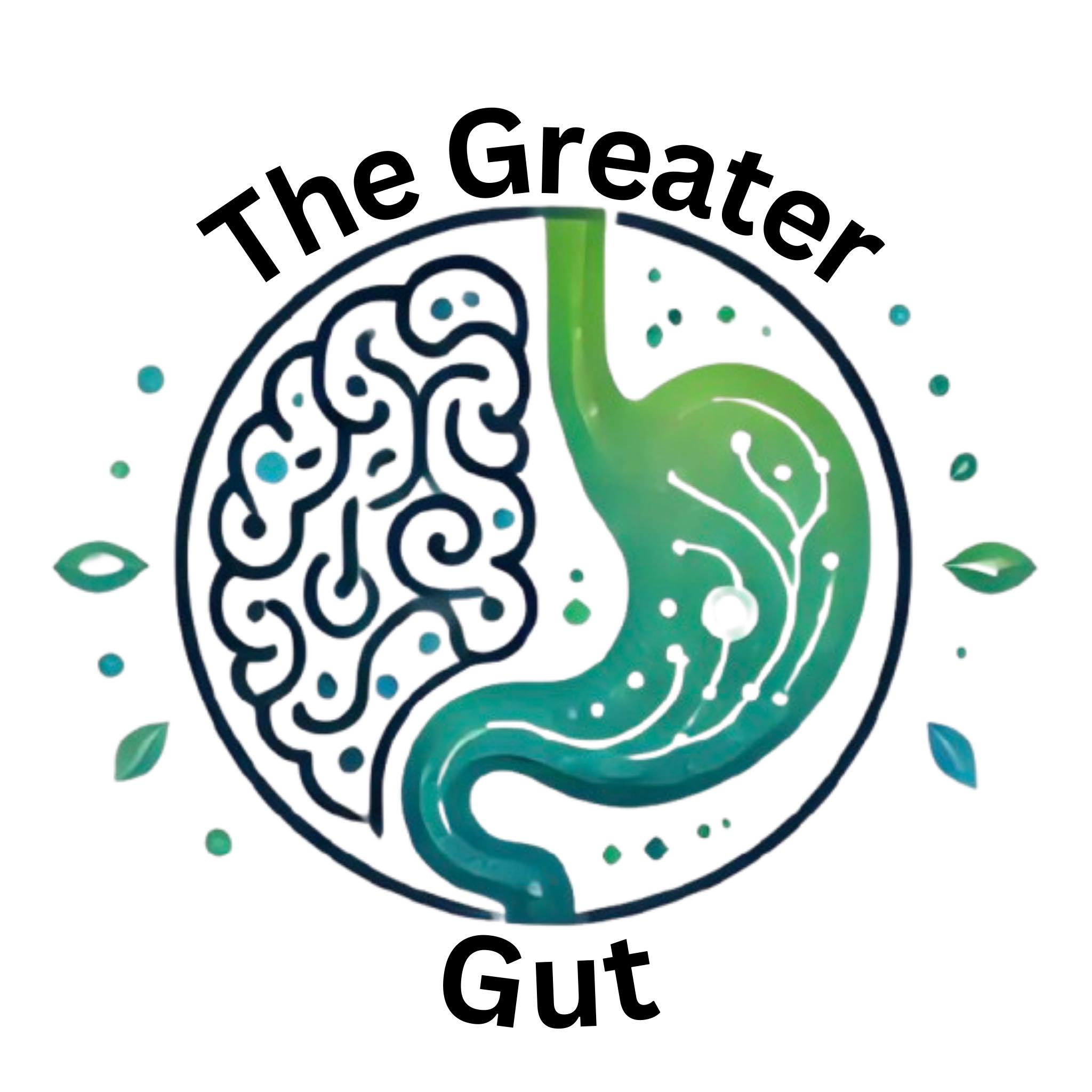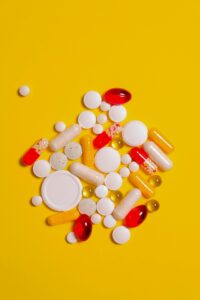How Your Diet Affects GERD
GERD (gastroesophageal reflux disease) is a painful condition where stomach acid flows back into the esophagus, causing heartburn, regurgitation, and discomfort. While medications can help, what you eat plays a major role in triggering or soothing your symptoms.
Certain foods weaken the lower esophageal sphincter (LES), allowing acid to escape, while others increase stomach acid production. On the other hand, some foods can reduce acid reflux, promote healing, and improve digestion.
Let’s break down the three worst foods that make GERD worse and the three best foods that can bring relief.
🚫 The 3 Worst Foods for GERD
1. Coffee & Caffeinated Drinks
Many people rely on coffee to start their day, but if you suffer from GERD, it might be making your symptoms worse. Caffeine relaxes the lower esophageal sphincter (LES), the muscle that prevents stomach acid from flowing back into the esophagus. When this muscle weakens, acid reflux is more likely to occur. Additionally, coffee is acidic, which can further irritate an already inflamed esophagus. If you experience heartburn after drinking coffee, consider switching to a low-acid coffee or an herbal alternative like ginger tea.
2. Tomatoes & Tomato-Based Products
Tomatoes are naturally acidic, which can increase stomach acid levels and trigger heartburn. Their high citric and malic acid content makes them one of the most common GERD triggers. This is especially true for tomato-based sauces like marinara, ketchup, and salsa, which are concentrated sources of acidity. If you love Italian food, try replacing tomato sauce with pesto or an olive oil-based dressing. Avoiding tomatoes can significantly reduce acid reflux episodes and prevent irritation to the esophagus.
3. Fried & Greasy Foods
Foods high in unhealthy fats, such as fried chicken, French fries, and fast food burgers, slow down digestion and weaken the LES. The longer food stays in the stomach, the more likely it is to push acid back up into the esophagus. Additionally, greasy foods increase bloating, which puts extra pressure on the stomach, worsening reflux. If you want to reduce heartburn, opt for baked, grilled, or steamed foods instead of fried options.
✅ The 3 Best Foods for GERD
1. Oatmeal
Oatmeal is a GERD-friendly breakfast option because it is low in acid, high in fiber, and helps absorb stomach acid. Unlike sugary cereals or processed breakfast foods, oatmeal soothes the digestive tract and promotes smooth digestion. The soluble fiber in oats also keeps you feeling full longer, preventing overeating, which is a common GERD trigger. For extra benefits, top your oatmeal with bananas or almonds—both of which are alkaline and help reduce acid reflux.
2. Bananas
Bananas are one of the best fruits for people with GERD because they are naturally low in acid and rich in potassium, which helps neutralize stomach acid. Their soft texture is also gentle on the esophagus, making them an ideal snack for those prone to heartburn. Unlike citrus fruits, which are highly acidic, bananas can actually help coat the stomach lining and prevent irritation. If you’re looking for a quick and soothing snack, bananas are a great choice.
3. Ginger
Ginger has been used for centuries as a natural remedy for digestive issues, including acid reflux. It has powerful anti-inflammatory properties that help calm the stomach and reduce irritation in the esophagus. Ginger also aids digestion by promoting stomach emptying, which reduces the chances of acid reflux. Drinking ginger tea, chewing on fresh ginger, or adding it to meals can provide relief from GERD symptoms without the side effects of medication.
Final Thoughts: Balance Your Diet for GERD Relief
Avoiding trigger foods and incorporating stomach-friendly options can make a huge difference in managing GERD. By eliminating coffee, tomatoes, and fried foods, and adding oatmeal, bananas, and ginger to your diet, you can reduce acid reflux and feel better naturally.




